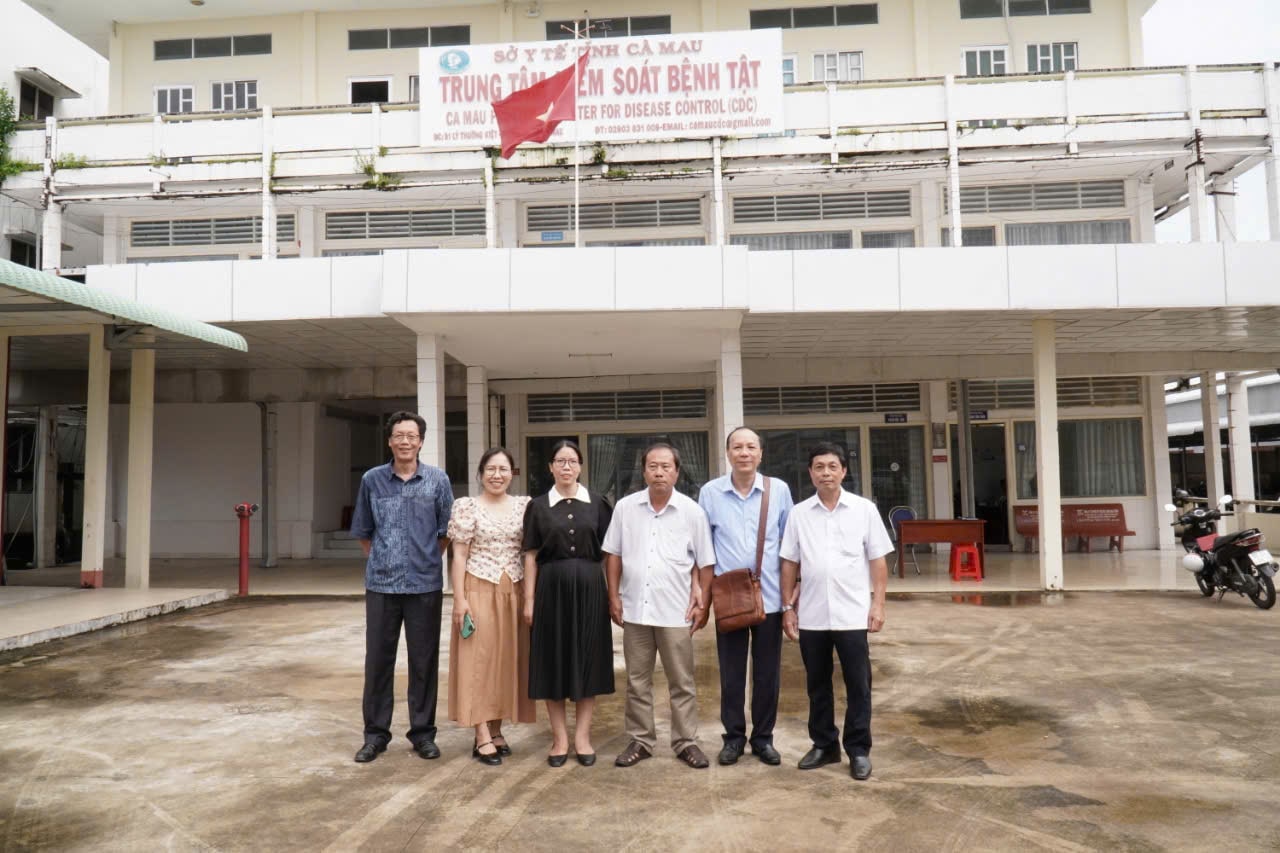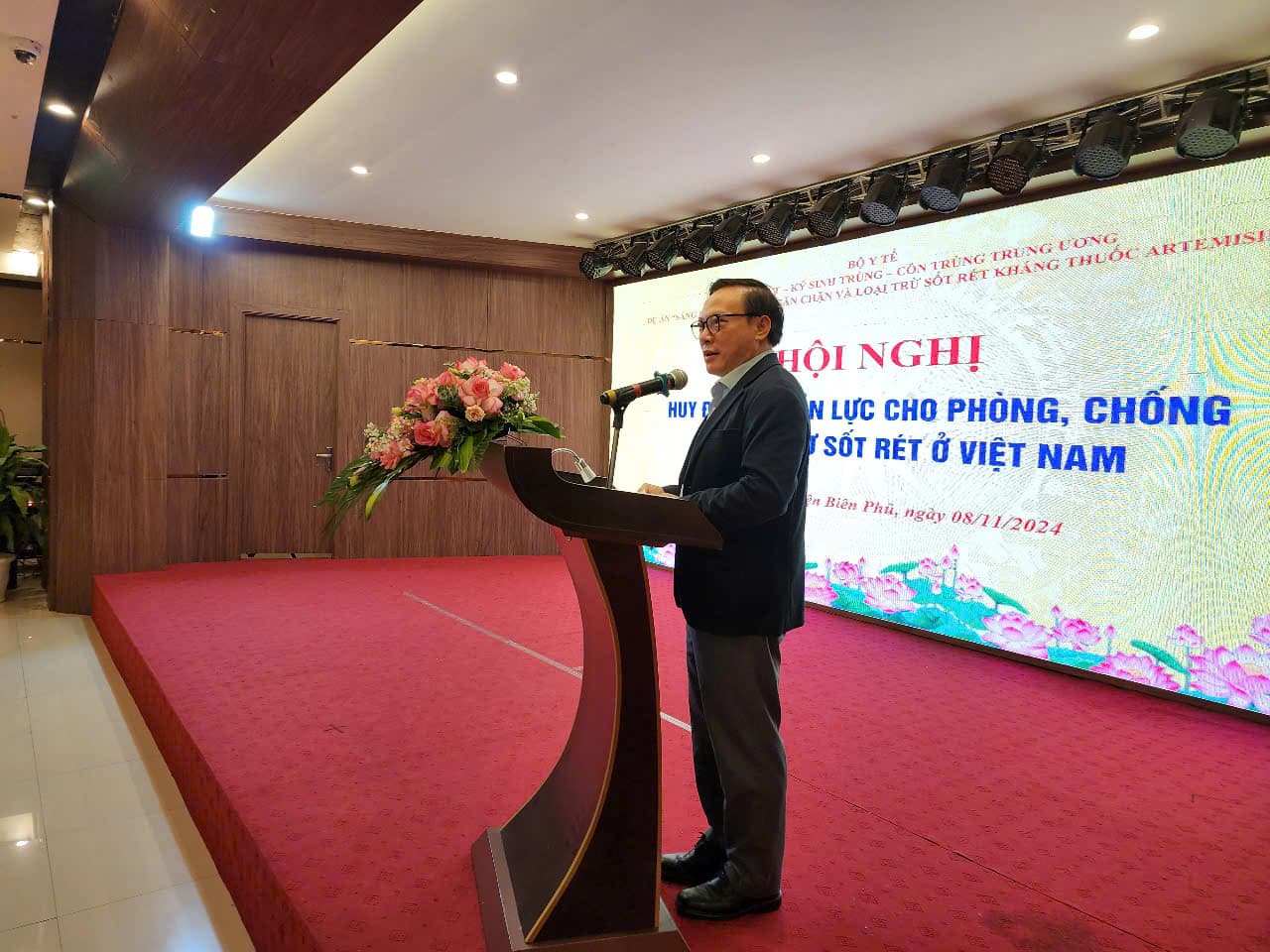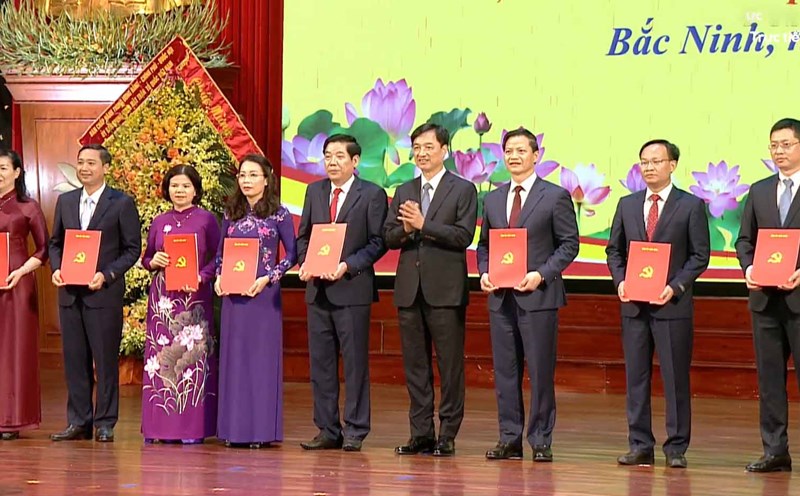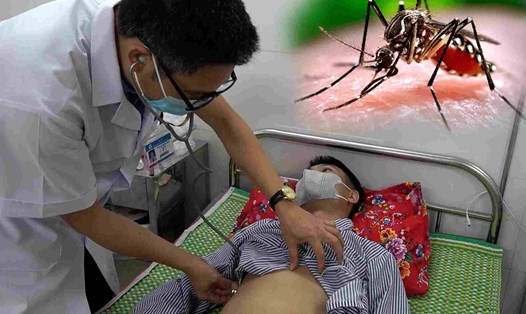Thanks to these efforts, the incidence and mortality rates of malaria in Vietnam have decreased significantly. In 2023, there were only 448 cases of malaria, a decrease of 97.3% compared to 2011. As of the first 10 months of 2024, the number of cases was 321, a decrease of 18% compared to the same period last year, with no deaths. To date, 46 provinces and cities have been recognized as malaria-free.
Risk of malaria returning
Despite many achievements, the risk of malaria returning still exists. In localities recognized as having eliminated malaria, the surveillance, testing and treatment systems have not been maintained regularly. In addition, the situation of population movement, Vietnamese people working, studying and traveling in malaria-endemic countries, especially Africa, increases the risk of bringing the disease back home. There have been cases of imported malaria in Hanoi, Ho Chi Minh City, Nghe An, and Ha Tinh.

Some provinces such as Khanh Hoa, Quang Tri, and Lai Chau still have many cases of local infection, raising concerns about the risk of malaria re-emergence.
The role of community and social organizations
The motto “prevention is better than cure” should be given top priority. People need to raise awareness about malaria through media channels and local education programs. The most effective measure at present is to prevent mosquitoes from transmitting the disease. People in at-risk areas should sleep under insecticide-treated mosquito nets, wear long-sleeved clothes, and use mosquito repellent when working in forests and fields.
People returning from malaria-endemic areas or countries with malaria need to make medical declarations, get tested and receive early treatment if they have malaria. Organizations such as the Fatherland Front, Women's Union, and Youth Union need to coordinate with the health sector to encourage people to sleep under mosquito nets and keep the surrounding environment clean.
The role of the health system and local government
The health system needs to coordinate with local mass organizations to organize propaganda sessions on malaria prevention and activities on the occasion of “World Malaria Day” (April 25). Volunteer teams in localities participate in propaganda activities, mobilizing people in villages and communes to respond to malaria prevention measures disseminated by local health workers.

Training courses for grassroots health workers and village health workers should be organized to update skills in monitoring, detecting, diagnosing and treating malaria. Village health workers play an important role in detecting people with suspected signs of malaria and guiding them to the nearest health facility for early detection testing. If malaria is contracted, timely treatment will be provided to avoid severe malaria, and coordination with health workers in spraying chemicals to prevent mosquitoes.
Local authorities play a central role in ensuring financial resources. As international aid gradually decreases, authorities need to proactively allocate local budgets and socialized resources for malaria prevention and control; malaria prevention and control plans and operating costs need to be included in annual resolutions of the Party Committee and People's Council.
Vietnam has made many spectacular achievements in malaria prevention and elimination. However, to achieve the goal of eliminating malaria by 2030, the participation of the community, political and social organizations and local authorities is needed. The participation of the people and close coordination between grassroots health care, social organizations and authorities at all levels will be decisive factors to maintain activities to prevent the disease from returning, moving towards eliminating malaria as the strategic goal set out.









